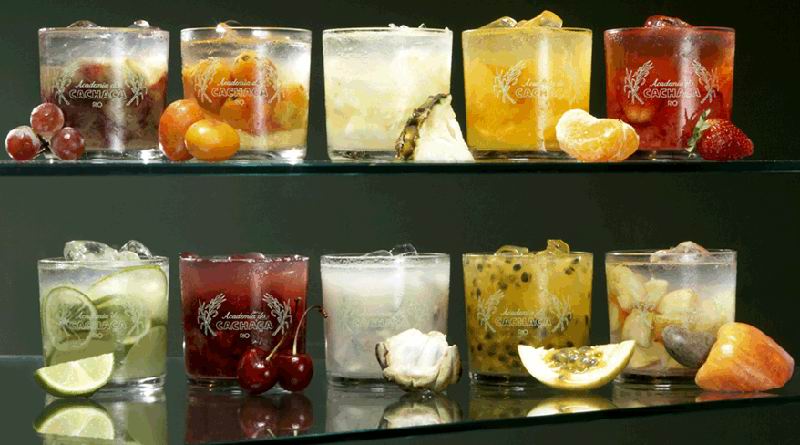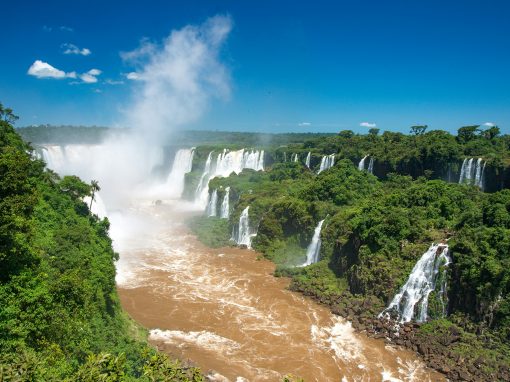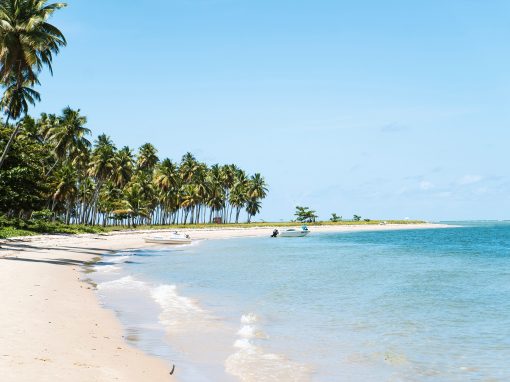Imagine yourself on a beach in Brazil, the sun’s rays and the tropical air cozily warming the space around you, palm fronds waving in the gentle breeze. Now, what are you drinking?
Today we focus on Brazil’s most popular drinks. Whether you’re already plotting a tropical beach getaway or seeking vacation inspiration, here are some quick facts and tips for navigating the icy, delicious, and refreshing options of a drinks menu on a trip to Brazil.
Caipirinha
Paradise in a cup is a caipirinha. This celebrated Brazilian cocktail is prepared as follows: in an old-fashioned glass, muddle a quarter lime and a generous serving of sugar, add cachaça (Brazilian sugarcane alcohol), top with ice, stir, and serve. Drinking a caipirinha is an aesthetic experience – the bright color of a green lime, the clinking ice cubes, a frosty glass in your hand, and a refreshing coolness in your mouth as you take a sip. Paired with a gorgeous setting, the caipirinha is the perfect way to toast a Brazil vacation, be it in Buzios, Florianopolis, Salvador de Bahia or any other destination.
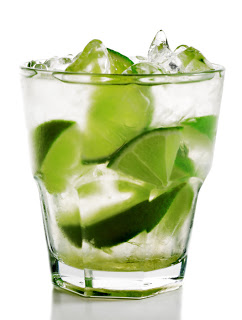
Looks tasty, right? In 2003, president Lula da Silva officially denominated the caipirinha as Brazil’s national drink.
If the simple cocktail is not enticing enough, there are a million variations of the caipirinha that include crushed fresh fruits such as mango and strawberry. The classic caipirinha has also spawned cocktails with different liquors. For example, a caipiroska replaces cachaça with vodka, a saquerinha or caipisake with sake, and a caipirissima with rum. Any adaptation guarantees liquid refreshment.
Cachaça
Cachaça is to Brazil in the same way that tequila is to Mexico or rum is to Jamaica. This type of alcohol is fermented and distilled in oak barrels from fresh sugarcane juice. (Standard rum, by contrast, is distilled from molasses.) In a country that loves creative nicknames, cachaça has over 2,000 aliases, including pinga, caninha, água-benta (holy water), abre-coração (heart opener), and bafo-de-tigre (tiger breath).
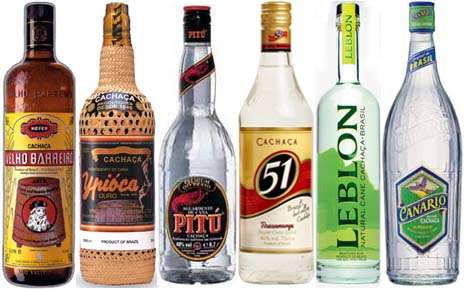
The shining stars of Brazilian cachaça.
Like rum, cachaça can be white or dark. White or clear cachaça is unaged and usually less expensive, but there are finer quality varieties. Dark cachaça is aged from 3 to 15 year in wood barrels, as is meant to be savored straight, unmixed, with or without ice. Industrial distilleries are concentrated in the Brazilian states of São Paulo, Pernambuco, and Ceará; the state of Minas Gerais specializes in artisanal production of small batches of cachaça.
Apart from its essential role in Brazil’s most famous cocktail, cachaça is used in myriad other drinks. At the kiosks that line Brazil’s beaches, cachaça is blended with condensed milk, sugar, ice, and the fruit of your choice to make a batida, aka the caipifruta. Popular options include maracuja (passion fruit), caju (cashew fruit), coconut, strawberry, mango, and more.
Guaraná
Seekers of non-alcoholic tonics in Brazil need to look no further than guaraná, which is the name of both the source of the drink and the drink itself. Guaraná is a small fruit native to the Amazon. It is similar in size and shape to a coffee bean, but the guaraná seed has twice the amount of caffeine. As such, guaraná is a potent energizer and outside of Brazil, guaraná has become a common ingredient in energy drinks.
In Brazil, guaraná is the name of sweet carbonated beverage that by sales alone rivals in popularity any other soft drink, including Coca Cola. Made with a small amount of guaraná extract, the drink tastes of apples and berries. The popular brand Guarana Antarctica is the official sponsor of the Brazilian football team.
Travel experts at Latin America For Less are specialists in planning great value, fully customized vacation packages to Brazil and other top destinations in South America. Contact us to start planning your dream vacation.
Anabel has been exploring the length and width of South America since 2010. Ditching preconceptions, settling into the local pace, and embracing the unexpected are the tenets of her philosophy of travel – and life.

